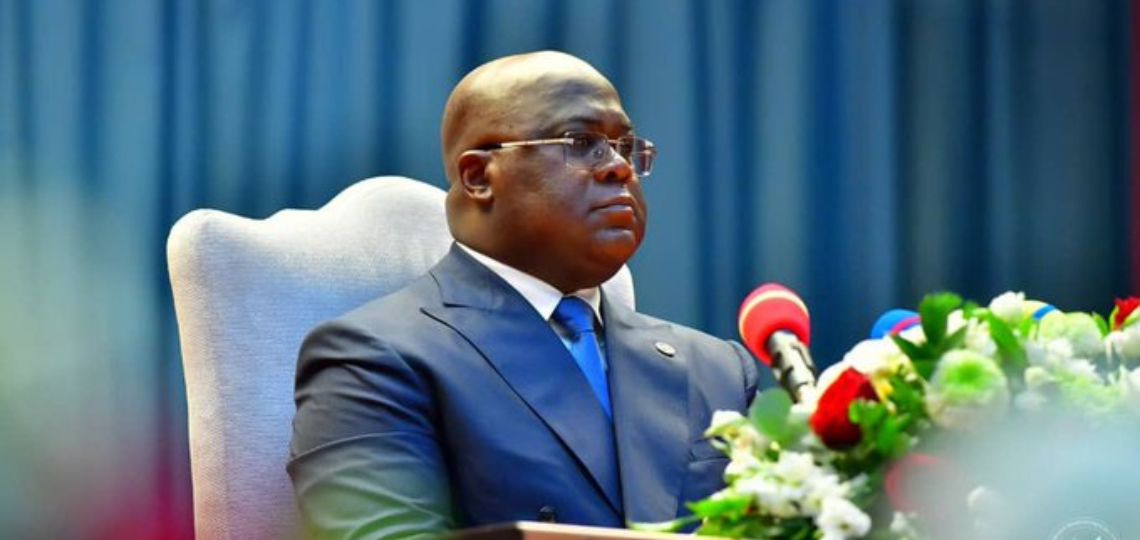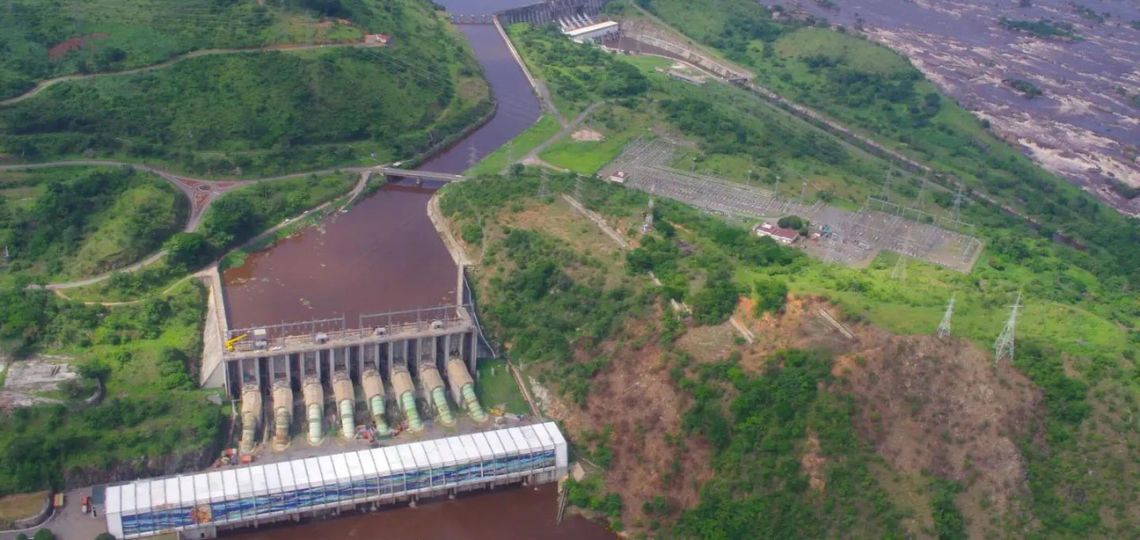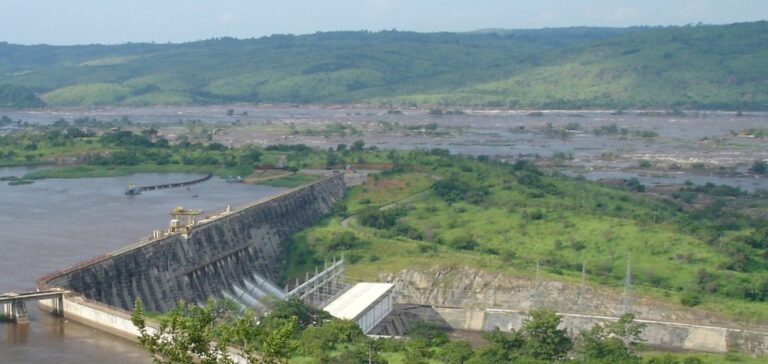Hydroelectric power could become the spearhead of the Democratic Republic of Congo in the years to come. While its energy economy has historically been based on minerals, gas and oil, the DRC is beginning its energy transition.
Hydroelectric power to supplement hydrocarbon production?
The country has significant hydrocarbon resources. According to Africanews, the DRC is the second largest oil producer in sub-Saharan Africa. However, exploration and production of this resource have remained minimal since the end of the 20th century. The country has refused a number of operating contracts, notably with South Africa’s DIG Oil Ltd.

At present, the new president has decided to focus his policies on joining the ranks of the world’s largest hydrocarbon producers, and placing his country in third place in Africa. This could lead to energy conflicts with Nigeria and Angola, Africa’s leading oil producers.
The government has therefore based its policy orientations on the joint development of hydrocarbons and hydroelectricity.
A 44,000 MW hydroelectric dam project
“With an estimated capacity of 44,000 megawatts, the Grand Inga project will be able to meet a significant share – up to 40% – of Africa’s electricity demand at a competitive price and in a sustainable manner.”
The dam, to be built in 6 stages, is the world’s largest hydroelectric project. It will be located in the west of the country on the Congo River. According to Félix Antoine Tshisekedi, President of the Democratic Republic of Congo, the project would meet 40% of the continent’s electricity needs. This capacity is double that of China’s Three Gorges Dam.
This project complements the 351 MW Inga I and 1,424 MW Inga II sites, commissioned in 1972 and 1982 respectively.

A new energy exporter for the African continent
At present, the Democratic Republic of Congo’s electricity demand is only 4,200 MW. With this new project, the country aims to become the region’s leading exporter of sustainable energy. For the dam’s promoters, Africa could see this construction as a solution to electricity shortages and a gateway to the development of renewable energies.
The country is also poised to become one of the world’s leading lithium exporters, with the discovery of the Manono site managed by AVZ Minerals. However, there is a risk of growing competition with Mali to meet this growing global demand. The country has discovered two new sites, Goulamina and Bougouni. The two countries will soon be vying for the position of Africa’s leading exporter of energy and metals.
110,000 MW of hydroelectric potential for the DRC
The Democratic Republic of Congo has the largest hydroelectric power capacity on the continent. The government has therefore decided to develop this resource to stimulate the country’s economic development and meet its environmental objectives. The government has created an agency dedicated to the development and promotion of the dam project (ADPI) to carry out the project.
Uniting the African continent around a sustainable project
On June 12, 2020, during a council of ministers, the president of the DRC announced the meeting of African heads of state to make this project a continental concern. He suggested that the development of renewable energy could only be achieved through regional cooperation.
Two African discussion forums
Organized in two phases, the conference began on June 22, 2020 with a multinational, multi-sector virtual forum. Around the table were the African Union DA-Nepad, African Union High Representative Raila Odinga, DR Congo, South Africa, Zambia, Angola, Rwanda, Uganda, Tanzania and Ghana. UN agencies, the African private sector and continental African organizations were also invited.
The aim of the meeting, according to the President of the DRC, was to present the project’s opportunities and the potential of hydroelectric power. Questions of project feasibility and financing were also addressed. Through its advocacy, the French government hopes to build consensus around the project.
“This conference, which will take place in two stages during this month of June and in September-October 2020, among other objectives is to present the current and future opportunities of Grand Inga and to promote all the hydroelectric potential of the Democratic Republic of Congo in order to encourage calls for expressions of interest for the purchase of energy to be produced.”
A second meeting will be held in September or October 2020. However, the coronavirus pandemic caused a delay in the project.
A project estimated at $80 billion
The price includes not only the construction of the site, but also the transmission lines needed to evacuate the electricity to the rest of the continent. This figure remains an approximation, however, and means that power purchase agreements will have to be signed to ensure investor confidence. But many proposals have already been discussed.
In addition, the DRC government has made great strides in its technical, environmental and commercial preparations, as well as in the selection process for promoters. This is thanks to the assistance of ADPI, the DRC Ministry in charge of water resources and the African Development Bank.






















